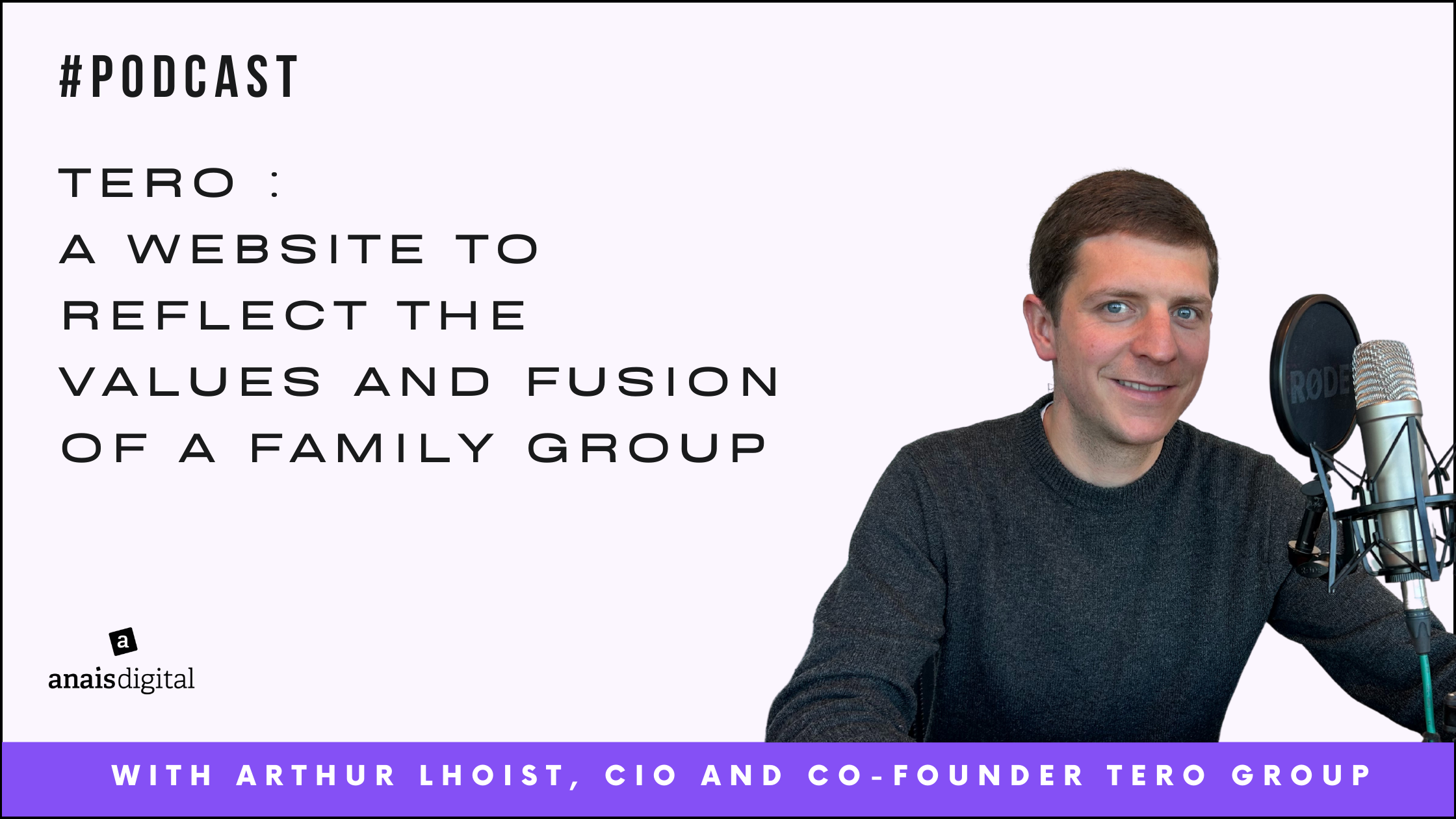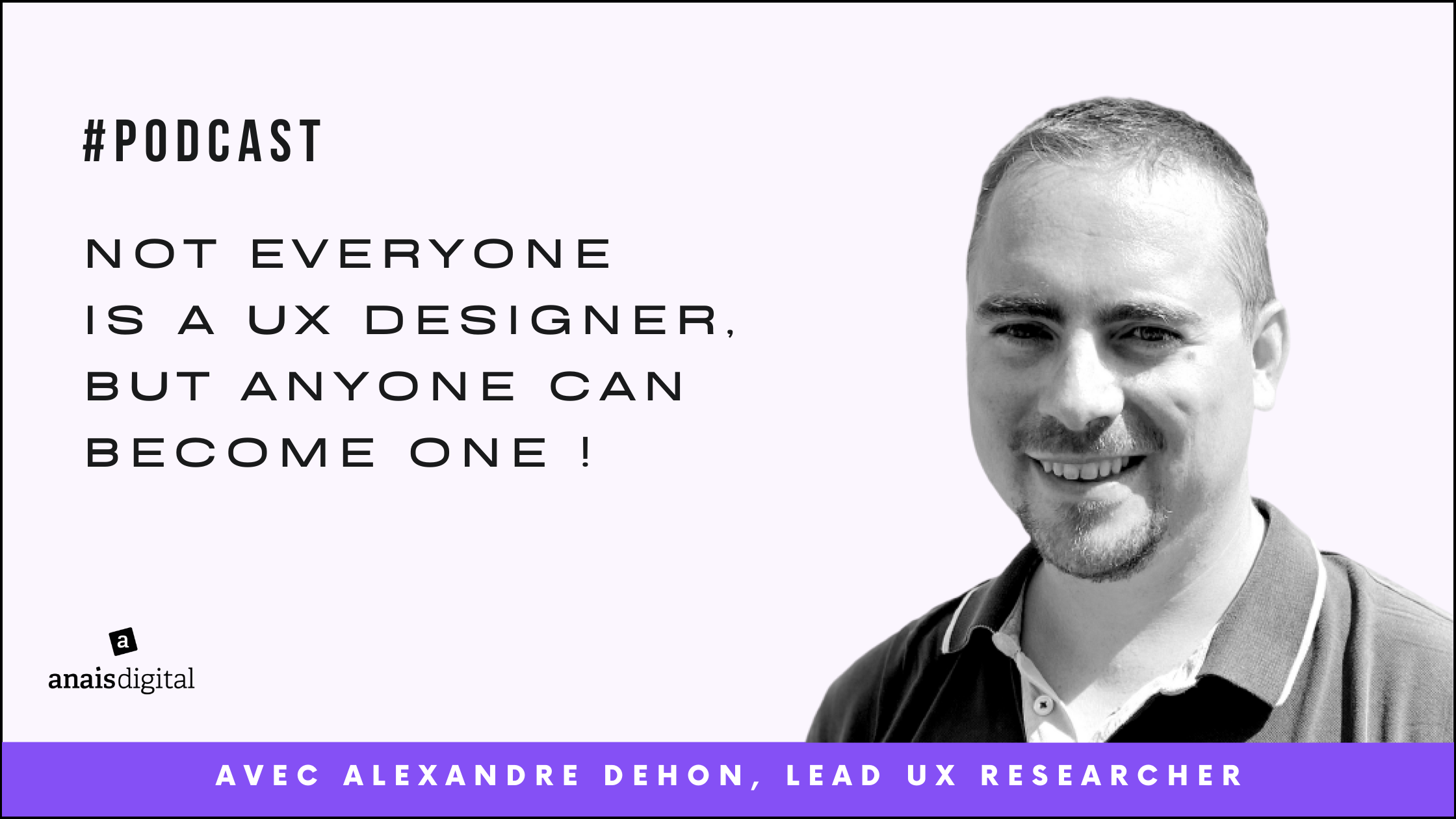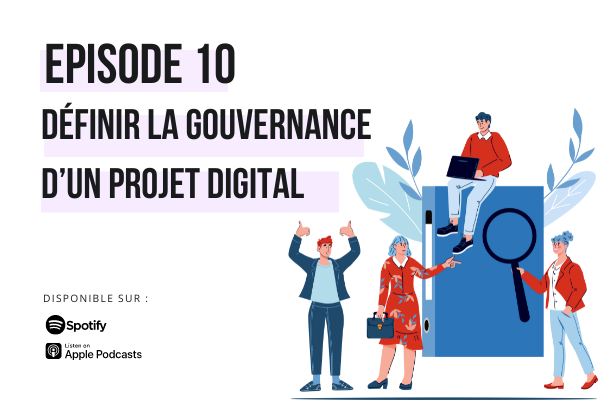
It is without doubt one of the most attractive perspectives of the entrepreneurial life: to be master of one’s time.
When you understand that in life every minute counts. Learning to manage your time becomes an essential skill for the entrepreneur.
In this episode, Christophe Jouret comes back to the famous adage of Ecclesiastes: “One moment for everything and one time for each thing”.
Thus, he explains 3 ways to take the time to proceed step by step in a digital project.
You will learn:
- How to control your time and the time of the project;
- Why it is fundamental to structure the steps of your action plan;
- What risks your project runs if you skip some steps;
- Why following the “startup” methodology will save you time.
Résumé
(00:33) “The idea of doing things in the right order and with some structure is the overriding element of a digital project.” ;
(01:17) “Les porteurs de projets viennent avec une demande ayant pour objectif de générer de la conversion sur leur plateforme SAAS, alors que l’adoption n’y est pas encore” ;
(02:47) “At the beginning of a project, it’s time to focus on the goals you want to achieve and, above all, to decide how you’re going to achieve them;
(03:05) “Putting clarity, preventing confusion by understanding that there is a time for everything: this is elementary for the success of digital projects” ;
(03:40) “Don’t try to solve all the risks or all the problems at every moment”.
3 ways to take the time to proceed step by step in your digital projects:
1. Structure your action plan
Structure your action plan so that each step follows a predetermined order. Make sure you are able to separate each step so that they are clear to all teams.
2. Don’t skip steps
By rushing and wanting to do everything at once, you risk burning out steps. At the beginning of a project, it is the right time to focus on the goals you want to achieve. Once defined, you will define the path to follow to get there. Creating clarity to prevent confusion is essential to the success of your digital projects.
3. Follow the startup methodology
Define the priorities of the digital project by the risk factor: start working on the most risky elements. Then, proceed by phases and above all, do not try to solve all the risks at the same time: plan and prioritize the steps.
Full transcript:
Hello Christophe Jouret, partner of Anais Digital and digital entrepreneur for twenty years. I’m here to share with you my experience and some anecdotes on how to succeed in digital projects and avoid traps.
Today, I want to talk to you about an adage from Ecclesiastes which says that there is a time for everything and a time for each thing. I’d like to share with you what that looks like for us in digital projects. It’s the idea of doing things in the right order and with a certain structure.
In a digital project there is :
- a time for the conception of the project ;
- a time for its construction ;
- a time for adoption and
- a time for conversion.
And the fact that we can separate these moments; make sure that we are clear about the order in which we do things, this one or another, is a key element of a digital project.
For example, we often see project leaders come with a focus and a request that we help them, that we accompany them to generate conversion on their SasS (software as a service) platform, when the adoption is not there yet.
A very concrete example: we receive entrepreneurs, project leaders who ask us to help them generate traffic on their website because they want to generate traffic and conversion.
And in fact, when we look at the KPIs of the project and when we look at the conversion rates, we see that these conversion rates are not good compared to the market standards.
And so, we see that bringing, generating traffic is not the right thing to do. It’s not the right time, it’s not the time to do it. This is a very concrete example of the fact that there is a time for everything. There is a time for everything.
I could take as another example the beginning of the project: we have project leaders who already imagine the maintenance phase. They are already imagining what they are going to add as a functional scope. They are also projecting the financial returns and the adoption of the solution by the end users when the project has not even been designed yet? And so it’s not the time, it’s not the right time, it’s not the right time to think about adoption, conversion, the financial dimension.
At the beginning of a project, this is the time to focus on the objectives you want to achieve and to decide how you will achieve them. What is certain is that to put clarity, to prevent confusion by understanding that there is a time for everything, there is a time for each thing. This is elementary for the success of digital projects, a way to choose priorities,
In any case, this is what we always encourage, to work according to the lean startup methodology. This means focuse on the most risky elements of the project. Define your priorities according to the elements of the project that are the riskiest. Above all, don’t try to solve all the risks or all the problems at every moment: organize and prioritize!
Voice: Christophe Jouret
Production : Antidote.
Credits : Anais Digital.









